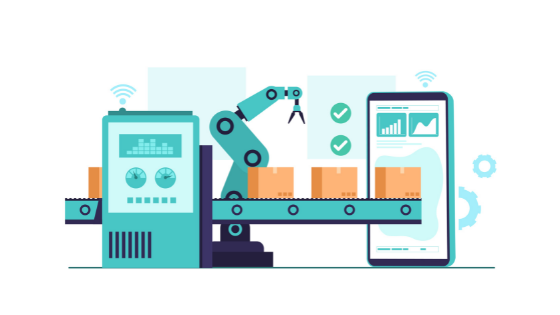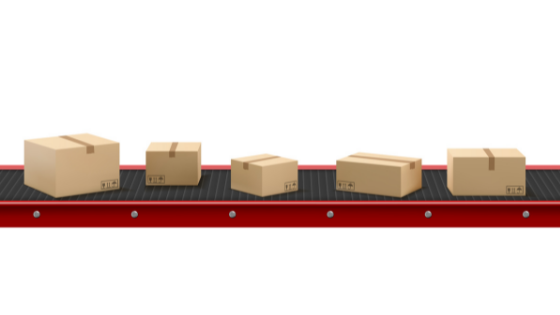Do you recall the most well-known animated sitcom television series, The Simpsons or The Family Guy? They have been running continuously since 1989 and 1999. But what keeps people interested in these—the story, the characters, their jokes, or the amusing animation and graphics? Well, the answer is not simple, but I can assure you that by reading this blog, you will get some answers.
The business of cartoon movies and animated films has witnessed substantial growth. Let me give you some statistics on the highest-grossing animated movies: The Lion King made $1.65 billion at the global box office, Frozen 2 made $1.45 billion at the global box office, and even Raya and the Last Dragon, the animated movie released during a pandemic when theaters were reopening, earned 91.5 million. These numbers show how career opportunities and creativity levels in the animation field are increasing day by day. The animation business is not just restricted to TV cartoons or animated web movies; it has also opened doors to short film production and explainer video companies. Short animated videos explaining the different concepts and enhancing the learning of children are playing a prominent role in the education sector.
So we can now say that the animation field is not only for entertainment and fun but also for influencing children's social development through e-learning videos.
Now let’s move on to the main aspect of how to make 2D animated cartoon movies. Any cartoon TV production or animation film studio like us ( BEST ANIMATION STUDIOS ) has divided the process into three different stages
Pre-Production stage: Building the idea and concept for your film or video.
Production stage: Real work of animation begins
Post Production: Final touch up and polishing your final product
PRE-PRODUCTION STAGE
Building a concept and idea:
Theme:
Script:
Storyboard:
PRODUCTION STAGE

- Layout
As the layout is imagined, it incorporates stylistic choices that are best suited to the story. The storyboard images help the layout artist to design the detailed background on which the animators will work.
- Rigging
In simple terms, we can say it is adding bones to the characters. Rigging builds the character's skeleton structure, which allows animators to control the movements of the character. It makes the character more realistic and visually appealing and the audience can get more connected with the character. - Animation
In simple terms, we can say it is adding bones to the characters. Rigging builds the character's skeleton structure, which allows animators to control the movements of the character. It makes the character more realistic and visually appealing and the audience can get more connected with the character.
- Tracing
After a rough animation is ready, it is then necessary to clean up the outskirts or boundaries of the characters. This is known as tracing. It consists of creating solid and clean lines over the rough animation to get closed zones. This is similar to adding a sheet of paper and tracing the rough with an animation disk. - Coloring
As the name suggests in this step, the coloring of characters and their props is done. Coloring is the process of adding color to a black-and-white image. The skin tone of the characters, the colors of the clothes that they are wearing, and the colors of the props that they are using. These colors can be used in any other way in the video. With the help of the latest software, this is also a very easy step. - Rendering
In this step, all the final animated scenes are compiled to form the final animation frames. Rendering helps to prepare sequenced rendered images or pixelated base frames. - Voice Over
As the name suggests, the narrations and voices of the characters are added based on the scene.
POST-PRODUCTION STAGE

- Compositing is the process of combining all the elements in one scene. Add special effects to the scene or check the tones, shadows, and lighting. This step includes checking the depth of field and color correction. It is like the final touch-up to the video.
- The sound effects are added and also ensuring the correct lip-sync and adding background music is the work that comes under it.
- The final edits of the shots and scenes that make up the final video come under video editing.
Compositing
Sound Editing
Video Editing
Conclusion
So, at last, the answer to the question of why some of the animated cartoons are still running is hard work and successful teamwork & communication between all departments. In other words, this is a field that has a huge scope because as a famous man once said, "Limitations exist only in our minds." But if we use our imaginations, our possibilities will become limitless.”